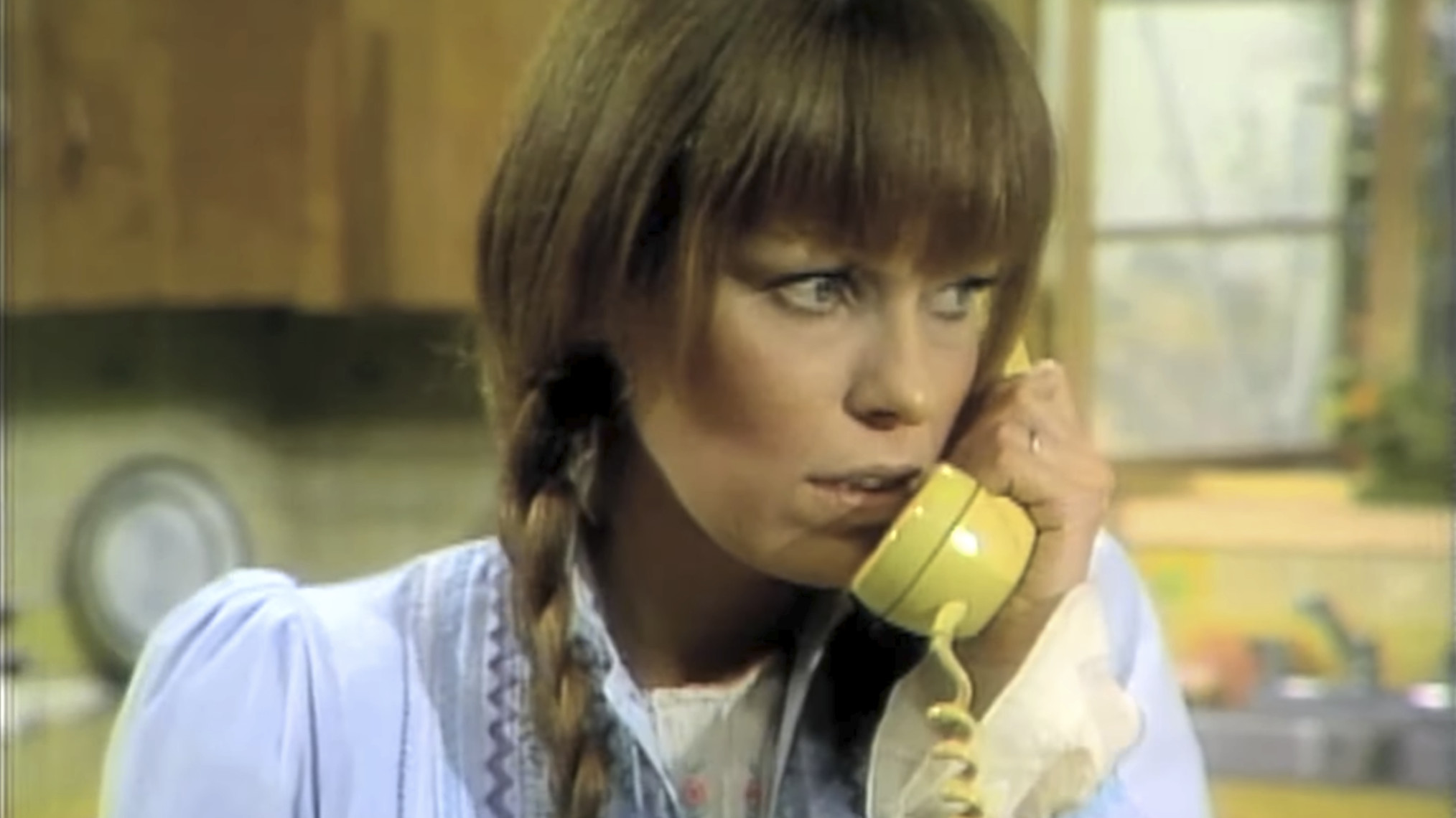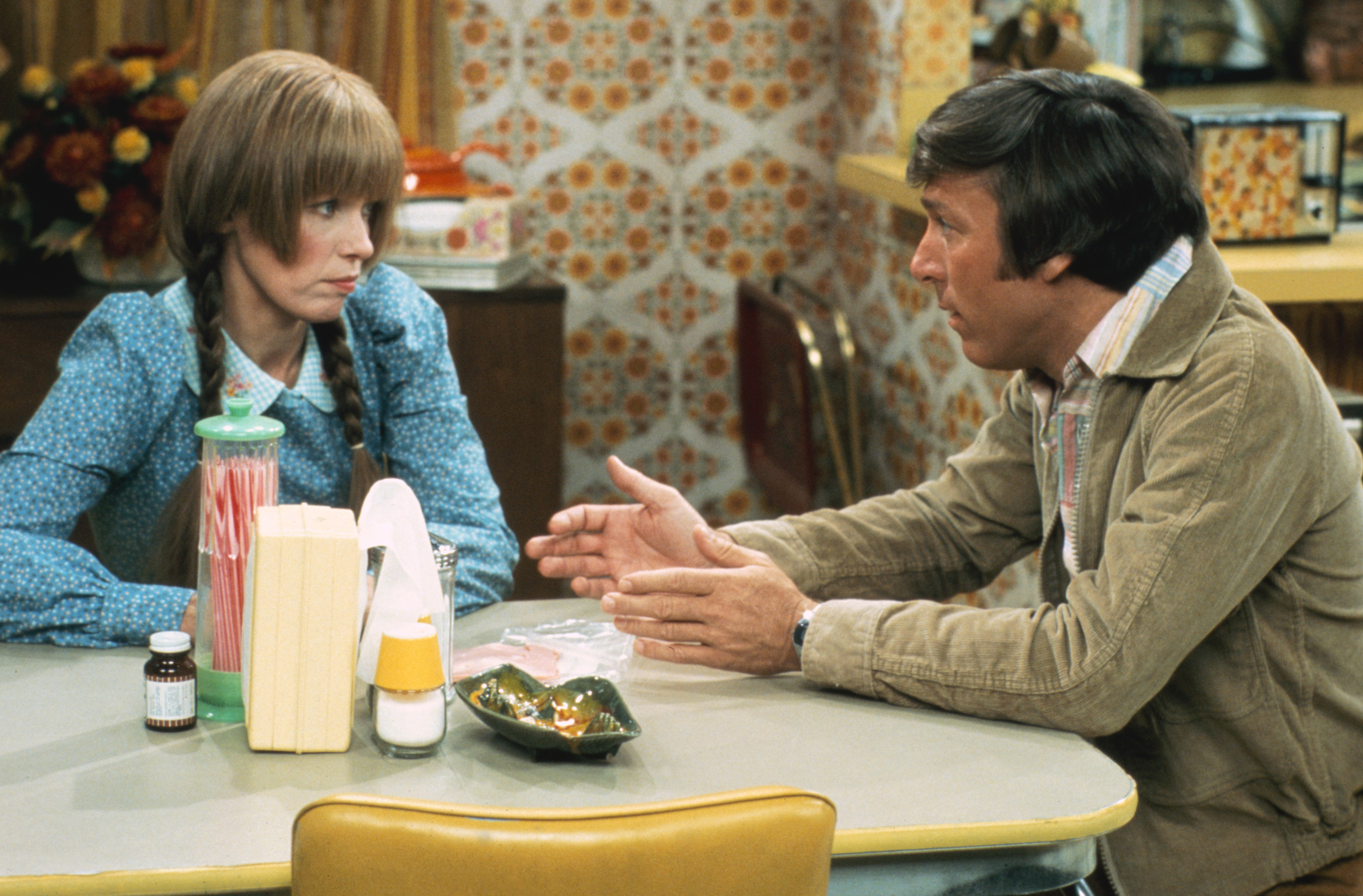Mary Hartman’s Impact on Television

Mary Hartman, Mary Hartman, a satirical sitcom that aired from 1976 to 1978, left an indelible mark on the television landscape. Its groundbreaking approach to humor, unflinching portrayal of suburban life, and reflection of societal issues resonated with audiences and influenced the course of television comedy.
Satirical Edge
Mary Hartman, Mary Hartman pushed the boundaries of television satire. It employed a surreal and often absurd tone to skewer the hypocrisy and conformity of suburban life. The show’s characters were caricatures, their exaggerated personalities and actions serving as a biting commentary on the social norms of the time. Its satirical edge inspired subsequent comedy shows, encouraging them to embrace more subversive and critical approaches to humor.
Portrayal of Suburban Life
The show’s depiction of suburban life was both unflinching and empathetic. It explored the hidden tensions, secrets, and frustrations that lurked beneath the seemingly idyllic surface. Through its characters, Mary Hartman, Mary Hartman revealed the complexities and contradictions of suburban existence, challenging viewers to confront the realities that lay beyond the picket fences.
Reflection of Societal Issues
Mary Hartman, Mary Hartman was not merely a satirical comedy; it also served as a reflection of the social and political issues of its time. It addressed topics such as the women’s movement, consumerism, and the Vietnam War, offering a unique and often provocative perspective on the changing world. The show’s ability to weave these issues into its comedic narrative allowed it to connect with audiences on a deeper level.
Character Analysis and Social Commentary: Mary Hartman Mary Hartman
Mary hartman mary hartman – The characters of Mary Hartman, Mary Hartman were carefully crafted to embody the social and cultural anxieties of the time. Each character represented a different facet of American society, and their interactions served as a vehicle for social commentary on issues such as sexism, racism, and consumerism.
Character Comparison
The following table compares the main characters of Mary Hartman, Mary Hartman, highlighting their personalities, motivations, and relationships:
| Character | Personality | Motivations | Relationships |
|---|---|---|---|
| Mary Hartman | Naïve, optimistic, and eager to please | To be a good wife and mother | Married to Tom Hartman; has two children, Heather and Tommy |
| Tom Hartman | Lazy, self-centered, and abusive | To avoid work and responsibility | Married to Mary Hartman; has two children, Heather and Tommy |
| Loretta Haggers | Vain, materialistic, and sexually promiscuous | To be rich and famous | Married to Charlie Haggers; has an affair with Tom Hartman |
| Charlie Haggers | Jealous, insecure, and violent | To control Loretta and keep her from leaving him | Married to Loretta Haggers; has a son, George |
| Reverend Leroy Jenkins | Hypocritical, greedy, and lecherous | To make money and satisfy his sexual desires | Married to Thelma Jenkins; has an affair with Loretta Haggers |
Social Commentary, Mary hartman mary hartman
The characters of Mary Hartman, Mary Hartman were not just caricatures; they were reflections of real people and the social problems that plagued American society. The show’s writers used humor to convey social messages, often in a satirical way.
For example, the character of Tom Hartman represented the lazy, self-centered, and abusive husband who was all too common in American households. Through Tom, the show explored the issue of domestic violence and the ways in which women were often trapped in abusive relationships.
Another example is the character of Reverend Leroy Jenkins. Jenkins was a hypocrite who used his position of power to exploit others. Through Jenkins, the show explored the issue of religious hypocrisy and the ways in which people can use religion to justify their own selfish desires.
Mary Hartman, Mary Hartman was a groundbreaking show that used humor to address serious social issues. The show’s characters were memorable and relatable, and the social commentary was both insightful and entertaining.
Cultural Legacy and Influence

Mary Hartman, Mary Hartman left an indelible mark on American culture, influencing the trajectory of comedy, television, and social discourse.
The show’s satirical edge challenged societal norms and conventions, sparking discussions on issues such as consumerism, sexism, and the Vietnam War. Its unique blend of soap opera aesthetics with absurdist humor paved the way for a new era of satire on television.
Influence on Comedy
- The show’s over-the-top characters and surreal storylines influenced the development of sketch comedy, particularly on shows like Saturday Night Live.
- Its use of irony and camp became a staple of comedy, setting the stage for shows like The Colbert Report and 30 Rock.
Television Innovations
- Mary Hartman, Mary Hartman was one of the first shows to break the fourth wall, directly addressing the audience and blurring the lines between fiction and reality.
- It pioneered the use of multiple cameras and live-to-tape recording, techniques that became industry standards.
Social Commentary, Mary hartman mary hartman
- The show’s satirical portrayal of consumerism and the media resonated with audiences, sparking discussions on the impact of these forces on society.
- Its depiction of gender roles and sexual liberation challenged traditional notions and paved the way for more nuanced representations on television.
Influence on Future Generations
Mary Hartman, Mary Hartman inspired a generation of comedians and creators, including Tina Fey, Amy Poehler, and Larry David. Its legacy continues to shape contemporary satire and social commentary on television and beyond.
Mary Hartman, Mary Hartman, a satirical sitcom that graced the small screens in the 1970s, brought to life characters that continue to resonate today. One such character, Martin Mull, who later found fame in Arrested Development ( martin mull arrested development ), embodied the quirky and eccentric nature that made Mary Hartman, Mary Hartman so beloved.
Mary Hartman, Mary Hartman, a sitcom that aired in the 1970s, featured a memorable character named Gene Parmesan, portrayed by Martin Mull. Martin Mull’s Gene Parmesan was a private investigator known for his eccentric behavior and unconventional methods. While Mary Hartman, Mary Hartman focused on the daily life of a suburban housewife, Gene Parmesan’s antics provided a humorous and surreal counterpoint to the show’s otherwise mundane setting.
Mary Hartman, Mary Hartman, a satirical soap opera that aired in the 1970s, featured Martin Mull as a hapless character. Mull’s cause of death in 2022 shocked many, as he was known for his eccentric personality and comedic brilliance. Yet, the legacy of Mary Hartman, Mary Hartman continues, showcasing the enduring impact of satire and the unforgettable characters it creates.
Mary Hartman, Mary Hartman’s witty satire and sharp commentary on suburban life left an indelible mark on television history. Martin Mull, known for his eccentric persona, played the role of Reverend Leroy Jenkins in the show. Interestingly, Mull’s age at the time of filming was just 35, a testament to his youthful appearance.
Mary Hartman, Mary Hartman’s enduring legacy continues to resonate with audiences today, its humor and social commentary as relevant as ever.
Mary Hartman, Mary Hartman, the beloved soap opera of the 1970s, is a testament to the absurdity of life. But beyond its satirical lens, the show also showcased the comedic genius of Martin Mull, whose surrealist art added an extra layer of whimsy to the already-outrageous plot.
His paintings, featuring disembodied limbs and distorted perspectives, echoed the show’s own exploration of the surreal nature of suburban life.